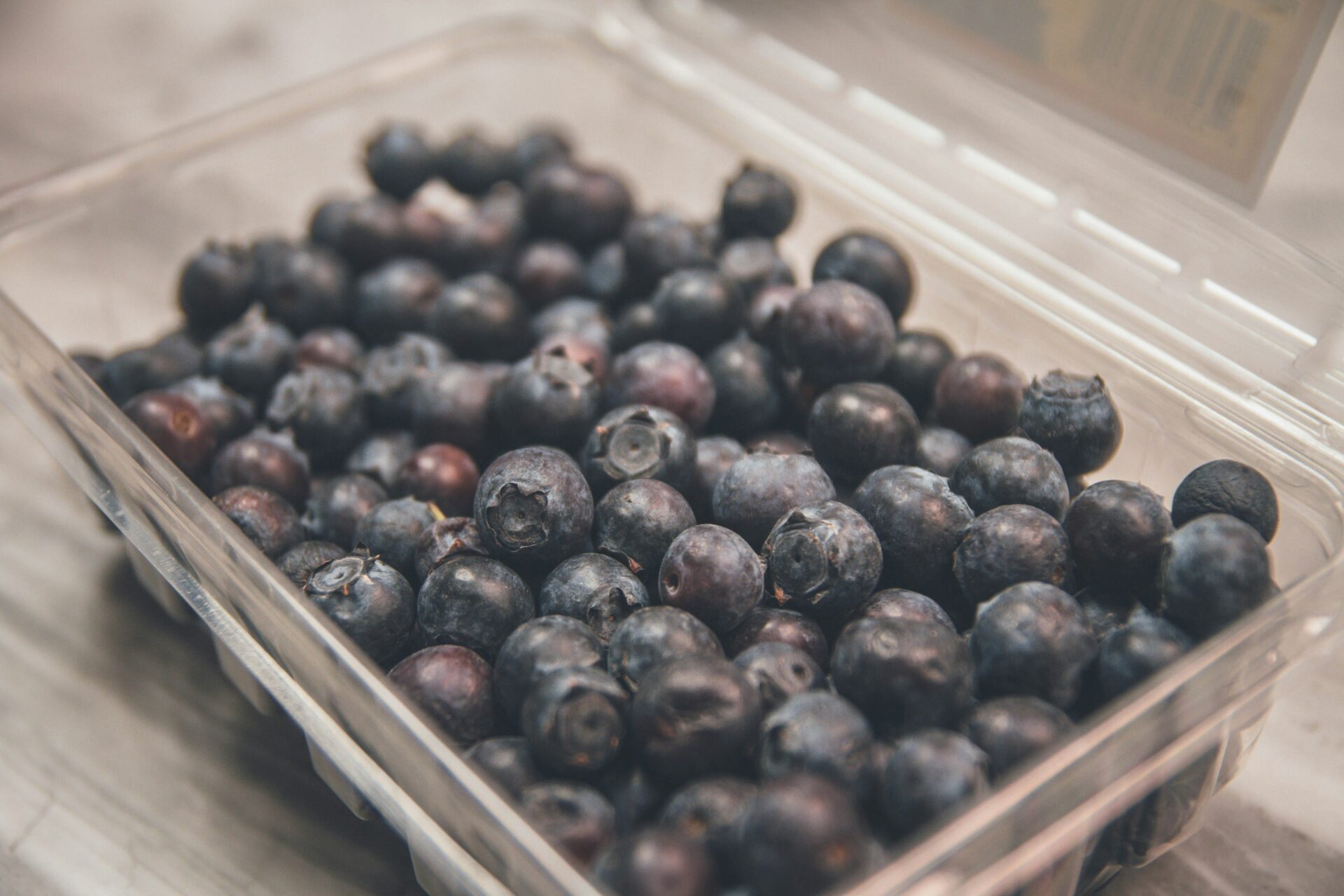Has mealtime with your toddler become a battleground? Are you tired of the nightly struggle to get your little one to eat anything besides chicken nuggets and macaroni and cheese? Look no further! In this article, you will discover effective strategies that will help you conquer your toddler’s culinary resistance. From introducing new foods in fun and creative ways to establishing a positive mealtime environment, these tips will have your picky eater happily trying a variety of nutritious foods in no time. Say goodbye to food battles and hello to stress-free family meals!
Understanding Picky Eating

This image is property of images.unsplash.com.
The nature of picky eating
Picky eating is a common behavior in toddlers and young children where they exhibit a strong preference for certain foods and an aversion to others. It is important to understand that picky eating is a normal part of development, and most children go through this phase at some point. Children often have specific preferences for taste, texture, color, and even presentation of their food. Their palates are still developing, and they may not yet have the ability to appreciate or enjoy a wide variety of foods.
Causes and factors contributing to picky eating
There are several factors that can contribute to picky eating in toddlers. One common reason is their natural instinct for self-preservation. They may be wary of new foods and prefer familiar ones as a way to feel safe and secure. Additionally, some children have heightened senses, making them more sensitive to certain tastes, textures, or smells. Environmental factors, such as family mealtime dynamics or the influence of peers, can also play a role in picky eating habits. Lastly, it is believed that genetics and biological factors may contribute to a child’s food preferences.
Differentiating picky eating from a larger issue
While picky eating is typically a normal part of a child’s development, it is important to differentiate it from an underlying issue that may require further attention. If the picky eating is severely impacting the child’s growth and development, causing significant distress or limiting their food choices to a small number of items, it may be necessary to consult with a healthcare professional. They can help determine if there are any underlying medical conditions or sensory issues that need to be addressed.
Exploring Toddler’s Preferences
Identifying your toddler’s food preferences
Understanding your toddler’s food preferences is essential in addressing picky eating habits. Take note of the foods they consistently enjoy, as well as the ones they tend to avoid. Pay attention to their reactions to different flavors, textures, and appearances. By identifying their preferences, you can tailor meals and introduce new foods in a way that aligns with their tastes.
Understanding the role of texture and appearance
Texture and appearance play a significant role in a toddler’s food preferences. Some children may have a strong aversion to certain textures, such as mushy or slimy foods, while others may prefer crunchy or crispy textures. Similarly, the appearance of food can impact their willingness to try new things. By understanding their preferences, you can modify the texture or presentation of foods to make them more appealing and enjoyable for your child.
Observing your child’s response to different flavors
Children’s taste buds are still developing, and their sensitivity to flavors can vary greatly. Some children may be more sensitive to strong or bitter tastes, while others may have a preference for sweet or mild flavors. Observe how your child responds to different flavors and adjust their meals accordingly. Gradually exposing them to a variety of flavors can help expand their palate over time.
Creating a Positive Mealtime Environment
Setting a regular mealtime routine
Establishing a regular mealtime routine can be beneficial for picky eaters. Having consistent meal times helps children develop a sense of structure and predictability, making them more open to trying new foods. Aim for three meals a day and scheduled snack times in between. Providing a routine also ensures that your child is not excessively hungry or full when it’s time to eat, which can impact their willingness to try new foods.
Establishing a calm and relaxed atmosphere
Creating a calm and relaxed atmosphere during mealtimes is crucial in encouraging positive eating habits. Avoid distractions such as screens or loud noises and focus on creating an environment that promotes conversation and connection. Engage your child in age-appropriate conversation and make mealtime a pleasant and enjoyable experience for the whole family.
Encouraging pleasant conversations at the table
Engaging in pleasant conversations at the table can help make mealtimes more enjoyable and less stressful for your child. Avoid pressuring them to eat or making negative comments about their food choices. Instead, create a positive and supportive atmosphere where everyone can share stories, talk about their day, or discuss the food being served. By making mealtime conversations pleasant, your child will associate eating with positive experiences.
Involving Your Toddler in Food Preparation
Letting your child participate in meal planning
Getting your child involved in the meal planning process can make them more invested in trying new foods. Let them choose a vegetable or fruit to include in the meal or allow them to select a recipe from a children’s cookbook. By involving them in the decision-making process, they will feel a sense of ownership over the meal and be more inclined to try new things.
Encouraging your toddler to help with simple cooking tasks
Encouraging your toddler to help with simple cooking tasks can be a fun and educational experience. Allow them to wash vegetables, mix ingredients, or tear lettuce for salads. Not only does this teach them valuable kitchen skills, but it also gets them excited about the food they are preparing. When children are involved in the cooking process, they develop a sense of pride and are more likely to be open to trying the final dish.
Teaching basic food knowledge and awareness
Take the opportunity to teach your child basic food knowledge and awareness during meal preparation. Talk to them about different fruits, vegetables, and other ingredients. Explain the importance of a balanced diet and the benefits of eating a variety of foods. By educating them about food, you are helping them build a foundation for healthy eating habits in the future.
Introducing New Foods Gradually

This image is property of images.unsplash.com.
Using the ‘one-bite rule’ to introduce unfamiliar foods
The ‘one-bite rule’ is a helpful strategy for introducing unfamiliar foods to picky eaters. Encourage your child to try a small bite of a new food, even if they are hesitant at first. Acknowledge that it may take several tries for them to develop a liking for a particular food. By consistently exposing them to new flavors, they may become more comfortable and willing to expand their food choices.
Integrating new foods with familiar favorites
Integrating new foods with familiar favorites can make the transition easier for picky eaters. For example, if your child enjoys pasta, try adding some steamed vegetables to their favorite pasta dish. By combining new foods with familiar flavors, your child will be more receptive to trying them.
Gradually increasing exposure to novel flavors
To help your child become more comfortable with new flavors, gradually increase their exposure to novel foods. Start by introducing small amounts of a new food alongside their favorite dishes. As their comfort level increases, slowly increase the proportion of new foods on their plate. This gradual approach allows them to become familiar with new flavors without overwhelming them.
Making Meals Fun and Creative
Creating colorful and visually appealing dishes
Make mealtimes more exciting by creating colorful and visually appealing dishes. Use a variety of colorful fruits and vegetables to add vibrancy to their plate. Arrange food in fun and creative patterns or shapes to capture your child’s attention. By making their meals visually appealing, they may be more eager to try new foods.
Experimenting with different food presentations
Get creative with how you present food to your child. Instead of serving whole fruits, try cutting them into bite-sized shapes or threading them onto skewers. Use cookie cutters to create fun shapes out of sandwiches or pancakes. By experimenting with different food presentations, you can make mealtime a playful and engaging experience.
Incorporating themed meals or food art
Themed meals or food art can capture your child’s imagination and make mealtime more enjoyable. Create a picnic-inspired meal with mini sandwiches and fruit kebabs or arrange different foods to resemble a funny face or animal shape. By incorporating themes or food art into your meals, you can spark your child’s curiosity and create a sense of excitement around trying new foods.
Sneaking Nutrients into Favorite Foods

This image is property of images.unsplash.com.
Blending vegetables into sauces or soups
If your child is resistant to eating certain vegetables, try blending them into sauces or soups. Pureeing vegetables and adding them to pasta sauces, soups, or even smoothies can help sneak in extra nutrients without altering the taste significantly. This way, your child can still enjoy their favorite dishes while benefiting from the added nutritional value.
Adding fruits or vegetables to smoothies or baked goods
Another way to sneak nutrients into your child’s diet is by adding fruits or vegetables to smoothies or baked goods. Blend spinach or kale with fruits to create a delicious and nutritious smoothie. Similarly, incorporate grated carrots or zucchini into muffins or homemade pancakes. By adding these ingredients, you can increase the nutrient content of your child’s snacks and treats.
Incorporating nutritious ingredients in disguise
If your child is particularly resistant to certain foods, consider incorporating nutritious ingredients into dishes they already enjoy. For example, you could add grated cauliflower to macaroni and cheese or mix pureed sweet potato into mashed potatoes. This way, you are gradually introducing new flavors and nutrients into familiar dishes, making the transition easier for your child.
Offering a Variety of Healthy Options
Including a diverse range of food groups
When planning meals, aim to include a diverse range of food groups. Incorporate proteins, grains, fruits, vegetables, and dairy or dairy alternatives into their diet. Each food group provides essential nutrients that contribute to your child’s growth and development. By offering a variety of healthy options, you can introduce different flavors and textures, ensuring your child receives a well-rounded diet.
Opting for fresh and whole foods
When possible, opt for fresh and whole foods instead of highly processed ones. Fresh fruits and vegetables, lean proteins, and whole grains provide a higher nutritional value and are less likely to contain added sugars or preservatives. By choosing these healthier options, you can provide your child with the necessary nutrients while minimizing their intake of empty calories.
Rotating the menu to maintain interest
To keep mealtimes interesting, rotate the menu and introduce new dishes regularly. Offering the same foods repeatedly can lead to boredom and reinforcement of picky eating habits. Experiment with different recipes or cuisines to expose your child to a variety of flavors. By rotating the menu, you can keep their taste buds curious and open to trying new foods.
Being a Positive Role Model
Demonstrating enthusiasm for trying new foods
As a parent or caregiver, it is important to demonstrate enthusiasm for trying new foods. Express your own excitement when trying something new and talk positively about different flavors and cuisines. Your child looks up to you as a role model, and your positive attitude will encourage them to be more adventurous with their food choices.
Displaying healthy eating habits yourself
Children are more likely to adopt healthy eating habits if they see their caregivers practicing them. Display healthy eating habits yourself by consuming a balanced diet and incorporating a variety of fruits, vegetables, and whole foods into your meals. When your child witnesses your healthy choices, they are more likely to mirror them.
Avoiding negative or disparaging remarks about food
It is important to avoid making negative or disparaging remarks about food, especially in front of your child. Refrain from using terms like “yucky” or “gross” when discussing foods they may not enjoy. Instead, use positive language to describe different flavors and textures. By creating a supportive and non-judgmental environment, you can foster a healthy relationship between your child and their food.
Seeking Professional Guidance if Needed
Recognizing when picky eating becomes a concern
While picky eating is generally a normal part of development, it is essential to recognize when it becomes a concern. If your child’s picky eating habits are severely impacting their growth, causing significant distress, or limiting their food choices to a very small range, it may be necessary to seek professional guidance. Trust your instincts as a parent and consult with a pediatrician or a registered dietitian who specializes in children’s nutrition.
Consulting with a pediatrician or dietitian
If you have concerns about your child’s picky eating habits, schedule an appointment with a pediatrician or a registered dietitian. They can help assess your child’s growth and development and provide guidance on managing picky eating. They may also conduct further evaluations to rule out any underlying medical conditions or sensory issues that could be contributing to the behavior.
Implementing specialized strategies or therapies
In some cases, specialized strategies or therapies may be recommended to address severe or persistent picky eating. These strategies could include working with a feeding therapist or participating in feeding clinics. These professionals can provide tailored guidance, such as specialized meal plans or strategies to gradually introduce new foods. Implementing these strategies under the guidance of a professional can help conquer your child’s picky eating habits.
In conclusion, picky eating is a common behavior in toddlers and young children. Understanding the nature of picky eating, identifying your child’s food preferences, and creating a positive mealtime environment are key to addressing this behavior. Involving your child in food preparation, introducing new foods gradually, and making meals fun and creative can also help expand their palate. Sneaking nutrients into their favorite foods, offering a variety of healthy options, and being a positive role model are crucial in promoting healthy eating habits. If needed, seek professional guidance to ensure your child’s nutrition and growth are on track. With patience, persistence, and the right strategies, you can conquer your toddler’s picky eating habits and lay the foundation for a lifetime of healthy eating.

